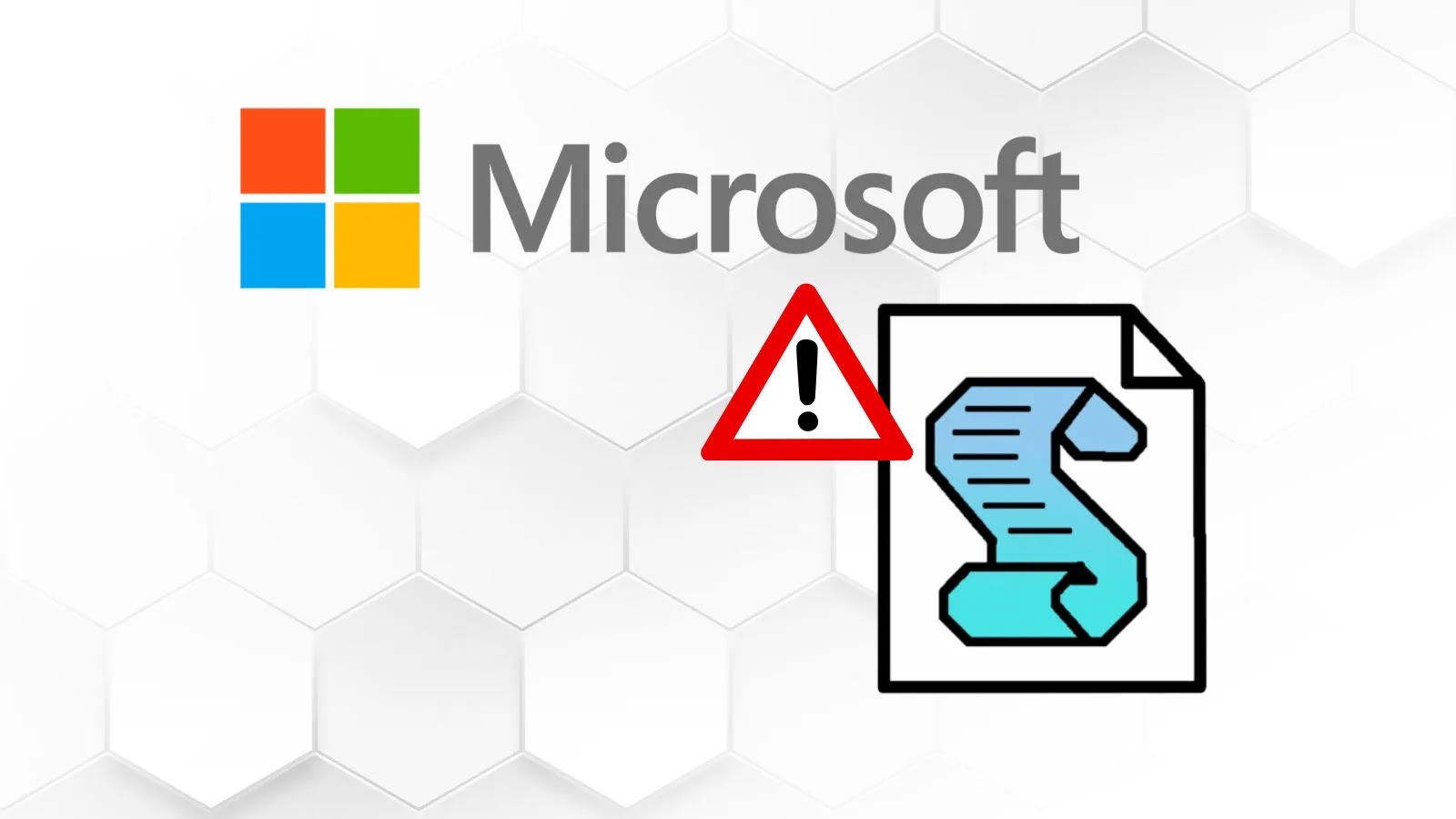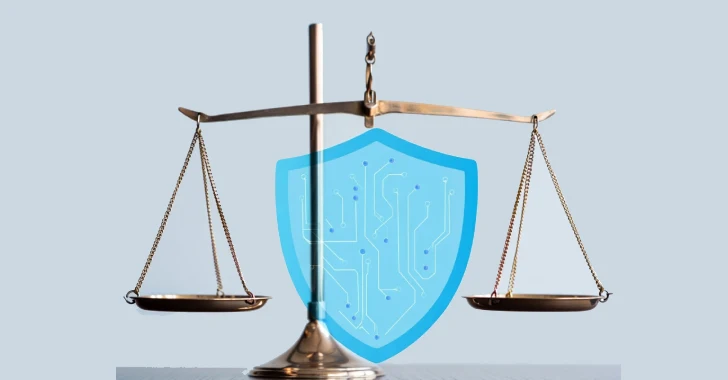Cisco has recently updated its security advisory to confirm active exploitation of critical vulnerabilities in its Identity Services Engine (ISE) and ISE Passive Identity Connector (ISE-PIC). These vulnerabilities, identified as CVE-2025-20281, CVE-2025-20282, and CVE-2025-20337, each carry a maximum severity rating with a CVSS score of 10.0. They enable unauthenticated, remote attackers to execute arbitrary code with root privileges on affected systems.
Overview of the Vulnerabilities:
1. CVE-2025-20281 and CVE-2025-20337: These flaws stem from insufficient validation of user-supplied input within specific APIs. Attackers can exploit these by sending crafted API requests, leading to arbitrary code execution on the underlying operating system with root access.
2. CVE-2025-20282: This vulnerability arises from inadequate file validation checks in an internal API. An attacker can upload malicious files to privileged directories on the affected device and execute them with root privileges.
Implications of Exploitation:
The ISE platform is integral to network access control, managing user and device permissions within corporate networks. A successful exploit of these vulnerabilities could grant attackers unrestricted access to internal systems, effectively bypassing authentication mechanisms and security policies. This level of access poses significant risks, including data breaches, system disruptions, and potential lateral movement within the network.
Cisco’s Response:
In July 2025, Cisco’s Product Security Incident Response Team (PSIRT) became aware of attempts to exploit these vulnerabilities in the wild. While specific details regarding the threat actors and the extent of the exploitation have not been disclosed, the confirmation of active attacks underscores the urgency of addressing these security flaws.
Recommended Actions:
Organizations utilizing Cisco ISE or ISE-PIC should take immediate steps to mitigate the risks associated with these vulnerabilities:
– Patch Deployment: Apply the latest software updates provided by Cisco to remediate these vulnerabilities. Prompt patching is crucial to prevent potential exploitation.
– System Monitoring: Review system logs for any signs of suspicious API activity or unauthorized file uploads. Monitoring for anomalies can aid in early detection of exploitation attempts.
– Access Controls: Restrict network access to the ISE administration interfaces to authorized personnel only. Implementing strict access controls can reduce the attack surface.
– Incident Response Preparedness: Ensure that incident response plans are up-to-date and that teams are prepared to respond swiftly to potential breaches.
Conclusion:
The active exploitation of these critical vulnerabilities in Cisco’s ISE underscores the importance of proactive cybersecurity measures. Organizations must prioritize the application of security patches and maintain vigilant monitoring to safeguard their networks against unauthorized access and potential compromise.



